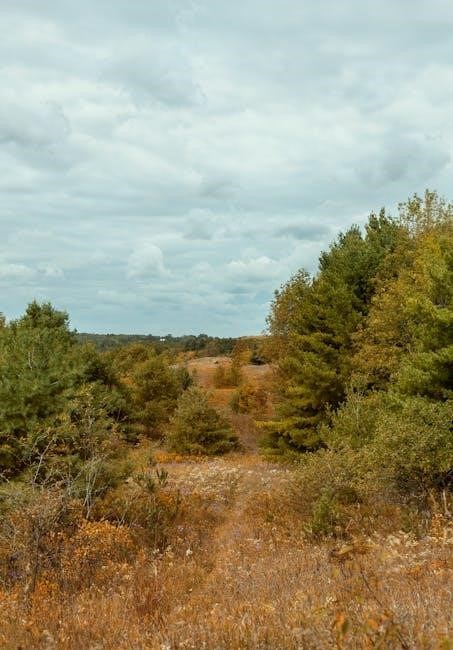a field guide to trees of ontario
Ontario’s diverse forests feature a wide variety of tree species, both deciduous and coniferous. Sugar maple and eastern white pine are prominent, supporting rich biodiversity and providing habitats for numerous wildlife species. Field guides and identification resources are essential for understanding and conserving these vital ecosystems.

1.1 Overview of Ontario’s Forest Ecosystems
Ontario’s forests are highly diverse, hosting both deciduous and coniferous tree species. Deciduous trees, such as sugar maple and red maple, dominate southern regions, while conifers like black spruce and eastern white pine thrive in northern areas. These ecosystems support a wide range of biodiversity, with trees adapting to varying soil and climate conditions. Field guides highlight key features, such as leaf composition and bark patterns, aiding in identification. Introduced species, like black pine, also contribute to the province’s forest diversity, reflecting ecological resilience and human influence.
1.2 Importance of Tree Identification
Accurate tree identification is crucial for conservation, forestry, and ecological management. It helps protect native species, such as the endangered American chestnut, and monitor invasive species like black pine. Field guides provide essential tools for distinguishing between similar species, ensuring effective habitat restoration and sustainable practices. Understanding tree characteristics, like leaf structure and bark patterns, aids in preserving Ontario’s diverse forests and maintaining biodiversity, as highlighted by researchers and field studies.
1.3 Key Characteristics of Ontario Trees
Ontario trees exhibit diverse characteristics, from deciduous species with broad leaves to coniferous trees bearing needles and cones. Key features include leaf shape, bark texture, and bud formation. Deciduous trees, like sugar maple, display leaves with 7–13 leaflets, while conifers, such as eastern white pine, have long, bundled needles. Seasonal changes reveal distinct traits: pale bark and black buds in winter, vibrant foliage in spring, and seed-bearing cones year-round. These traits aid in accurate identification and ecological understanding, as outlined in field guides and scientific studies.
Deciduous Trees of Ontario
Deciduous trees dominate Ontario’s forests, with species like sugar maple and American beech. They provide vibrant fall colors and essential habitat for diverse wildlife, supporting the ecosystem’s balance.
2.1 Sugar Maple (Acer saccharum)
Sugar Maple (Acer saccharum) is a prominent deciduous tree in Ontario, known for its striking fall colors and role in maple syrup production. It features large, lobed leaves with smooth edges and a broad, rounded crown. The bark is pale gray and becomes deeply furrowed with age. Sugar maple thrives in well-drained soils and cool climates, making it a common sight across the province. It supports biodiversity and is integral to Ontario’s ecosystems and economy.
2.2 Red Maple (Acer rubrum)
Red Maple (Acer rubrum) is a highly adaptable deciduous tree native to Ontario, thriving in various soil types and moisture levels. Its leaves are typically 7 to 13 leaflets with smooth edges, turning brilliant red in fall. The pale bark develops dark streaks with age, and black buds are visible in winter. Red Maple is a key species in temperate deciduous woodlots, contributing to biodiversity and supporting numerous ecosystems. Its versatility makes it a common sight across the province, from urban parks to wetland areas.
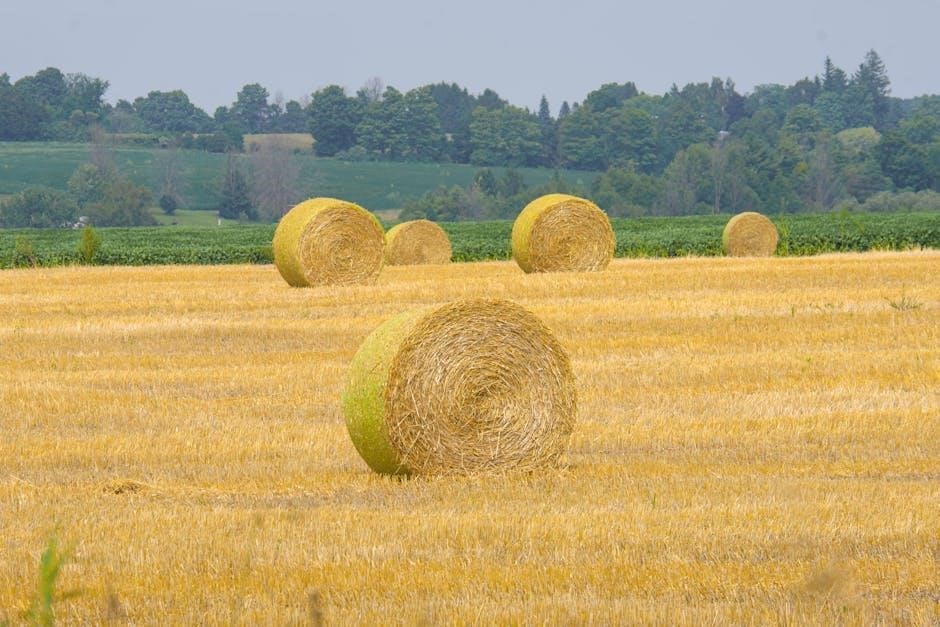
2.3 American Beech (Fagus grandifolia)
American Beech (Fagus grandifolia) is a deciduous tree with smooth, gray bark and dark green, oval-shaped leaves that turn golden-bronze in fall. It thrives in shaded, moist areas of Ontario’s forests, often forming dense stands. The leaves have wavy margins and are 6-12 cm long, with small teeth. Beech trees are ecologically important, providing food for wildlife and stabilizing soil. They are long-lived, with some individuals exceeding 400 years. American Beech is a key component of Ontario’s temperate deciduous woodlots, contributing to biodiversity and forest health.
2.4 Yellow Birch (Betula alleghaniensis)
Yellow Birch (Betula alleghaniensis) is a deciduous tree with a slender profile and shiny, golden-bronze bark that peels horizontally. Its leaves are simple, alternate, and doubly toothed, with a dark green upper surface and lighter underside. Common in cooler, moist climates, Yellow Birch thrives in Ontario’s northern regions. It grows up to 25 meters tall, preferring well-drained soils. This species is vital in boreal and mixed forests, often marking the transition between hardwood and coniferous stands, and supports diverse wildlife habitats throughout its range.

Coniferous Trees of Ontario
Coniferous Trees of Ontario dominate the province’s northern landscapes, offering year-round greenery. These evergreen species, with needle-like leaves and cone-producing habits, thrive in cooler climates and acidic soils, playing a vital role in Ontario’s ecosystems by providing shelter and habitat for diverse wildlife throughout the year.
3.1 Eastern White Pine (Pinus strobus)
The Eastern White Pine (Pinus strobus) is one of Ontario’s most recognizable conifers, with soft, blue-green needles in bundles of five and large, cylindrical cones. Native to the province, it thrives in well-drained soils and open spaces. Known for its rapid growth rate, this large evergreen is often used as an ornamental and timber tree. Its broad, spreading canopy provides habitat for wildlife, making it a vital component of Ontario’s forests and a popular choice for landscaping.
3.2 Red Pine (Pinus resinosa)
The Red Pine (Pinus resinosa) is a medium to large conifer native to Ontario, thriving in dry soils. Its reddish-brown bark and twisted trunk distinguish it, with needles in pairs, not bundles. Growing up to 30 meters tall and living up to 300 years, it’s valued for timber and reforestation. Commonly known as Norway Pine, it’s a key species in Ontario’s forests and a popular choice for landscaping due to its resilience and aesthetic appeal.
3.3 Black Spruce (Picea mariana)
The Black Spruce (Picea mariana) is a small to medium-sized conifer native to Ontario, typically found in wetlands and acidic soils. It grows up to 15 meters tall, with a slender trunk and grayish-brown, scaly bark. Its dark green needles are four-sided and emit a pungent odor when crushed. Black Spruce produces small, egg-shaped cones that are vital for seed production. This species is ecologically important, supporting wildlife and being widely used in forestry for pulpwood and Christmas trees due to its adaptability and resilience.
3.4 Balsam Fir (Abies balsamea)
The Balsam Fir (Abies balsamea) is a medium-sized evergreen tree native to Ontario, thriving in cool, moist environments. It reaches up to 20 meters tall, with dark green needles featuring white bands on the underside. The cones are upright, purple, and cylindrical. Known for its fragrant aroma, the Balsam Fir is widely cultivated for Christmas trees and in reforestation efforts. Its wood is valued in the forestry industry, and it plays a key role in supporting biodiversity in Ontario’s ecosystems.
Minor and Exotic Tree Species
This section explores lesser-known and non-native tree species in Ontario, such as Black Cherry, Pin Oak, and Black Pine, highlighting their unique characteristics and ecological impacts.
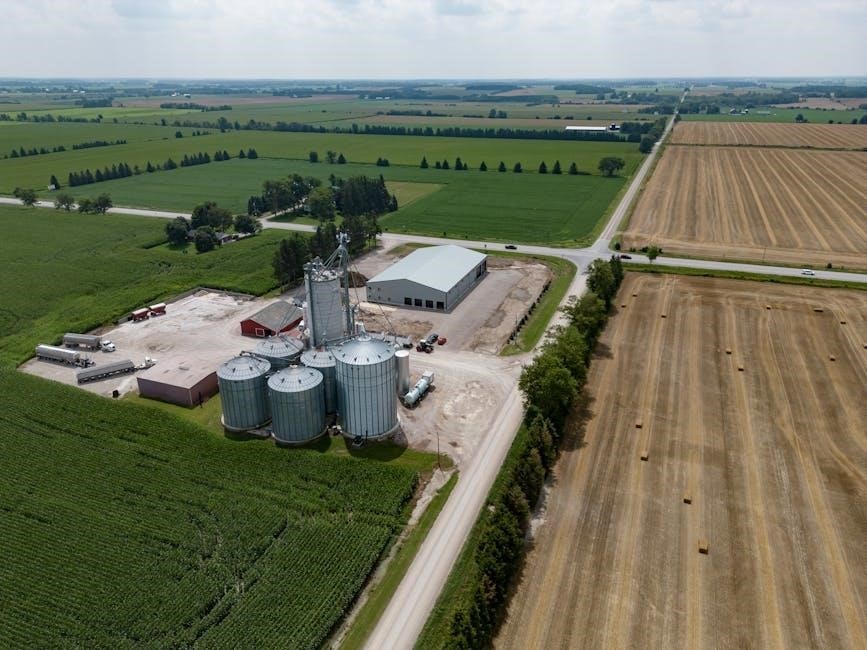
4.1 Black Cherry (Prunus serotina)

Black Cherry is a deciduous tree with a slender profile, often reaching heights of 15-30 meters. Its bark is dark and fissured, while leaves are oval-shaped and finely toothed. Small white flowers bloom in spring, followed by red or black berries. Native to eastern North America, it thrives in diverse habitats, from forests to urban areas. Valued for its timber, Black Cherry is also a key food source for wildlife, despite its toxicity to humans in raw form.
4.2 Pin Oak (Quercus palustris)
Pin Oak is a deciduous tree with a broad, rounded crown, typically growing 18-22 meters tall. Its leaves are deeply lobed with bristle-tipped edges, turning reddish-bronze in fall. Common in wetlands and floodplains, it tolerates periodic flooding. Acorns are small and a vital food source for wildlife. Often planted in urban landscapes, Pin Oak prefers acidic soils. It is long-lived, with some trees exceeding 300 years, though iron deficiency can limit growth in alkaline conditions.
4.3 Introduced Species (e.g., Black Pine, Pinus nigra)
Introduced species like Black Pine (Pinus nigra) have become naturalized in Ontario. Native to Europe, Asia, and North Africa, Black Pine is often planted for ornamental and reforestation purposes. It thrives in diverse soils and climates, growing into a medium to large evergreen tree. Its long, dark green needles and cones make it identifiable. While it provides benefits like erosion control, it can outcompete native species, raising ecological concerns. Proper management is essential to balance its utility and environmental impact.
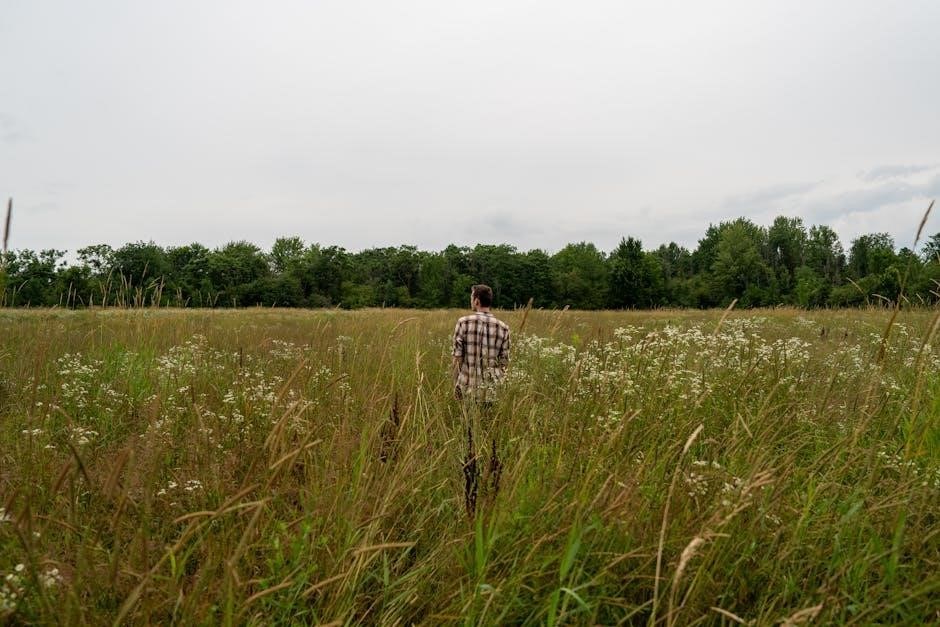
Tree Habitats in Ontario
Ontario’s diverse tree habitats include northern forests, southern hardwoods, and riparian zones. These ecosystems support a wide variety of tree species, shaped by climate and geography.
5.1 Northern Forests
Northern forests in Ontario are dominated by coniferous species like black spruce, balsam fir, and eastern white pine. These ecosystems thrive in cooler, sub-boreal climates with acidic soils and permafrost. The dense canopies create shaded understories, limiting hardwood growth. These forests are adapted to short growing seasons and harsh winters, with trees often stunted due to challenging conditions. They play a crucial role in carbon storage and support unique biodiversity, including wildlife dependent on coniferous habitats.
5.2 Southern Hardwood Forests
Southern hardwood forests in Ontario are characterized by deciduous tree species such as sugar maple, red maple, and American beech. These forests thrive in the province’s southern regions, particularly in the Great Lakes-St. Lawrence forest. The fertile soils and temperate climate support dense canopies and a rich understory of shrubs and herbaceous plants. This ecosystem is vital for biodiversity, providing habitat for numerous wildlife species and playing a key role in Ontario’s ecological and economic landscapes.
5.3 Riparian and Aquatic Zones
Riparian and aquatic zones in Ontario are vital ecosystems where trees like black willow, green ash, and silver maple thrive. These areas, adjacent to rivers, lakes, and wetlands, support biodiversity and stabilize shorelines. Trees in these zones often have adaptations for moist environments, such as deep root systems. They play a crucial role in preventing erosion, filtering runoff, and providing habitat for aquatic species, making them essential for maintaining water quality and ecosystem balance in Ontario’s landscapes.
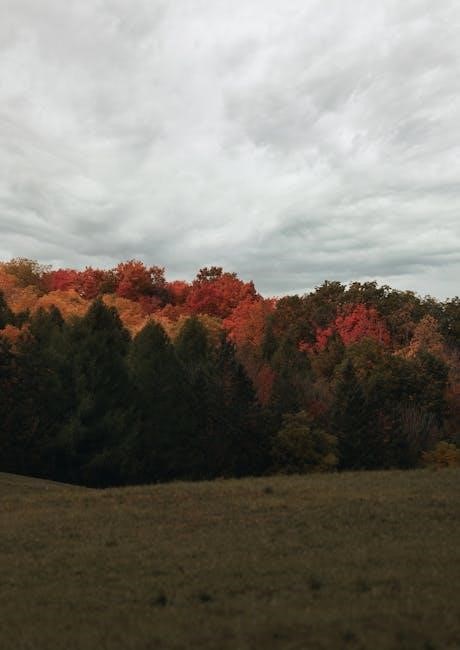
Seasonal Tree Identification
Seasonal changes reveal distinct tree features, such as buds in winter, leaves in spring, flowers in summer, and fruits in fall, aiding accurate identification throughout the year;
6.1 Winter Identification (Bark and Buds)
In winter, trees are identified by bark patterns, bud shapes, and branch structures. Bark textures vary, from Sugar Maple’s deep furrows to Beech’s smooth, gray surface. Terminal buds, like those of Yellow Birch, are prominent, while lateral buds are smaller. Evergreens retain needles, but deciduous trees rely on bud formation and twig color for recognition. Observing these features helps distinguish species when leaves are absent, making winter a unique time for tree identification using durable, visible characteristics. A field guide or hand lens can aid in detailed examination.
6.2 Spring Identification (Flowers and Leaves)
In spring, trees are identified by emerging flowers and leaves. Leaves vary in shape, margin, and venation, while flowers differ in color, structure, and arrangement. Deciduous species like Sugar Maple display vibrant flowers, while conifers produce cones. Observing leaf emergence patterns and flower characteristics helps in accurate identification. Early leafing species, like Red Maple, contrast with later ones, such as Balsam Fir. Detailed observation of these features, often with a hand lens, enhances spring tree identification in Ontario’s diverse forests.
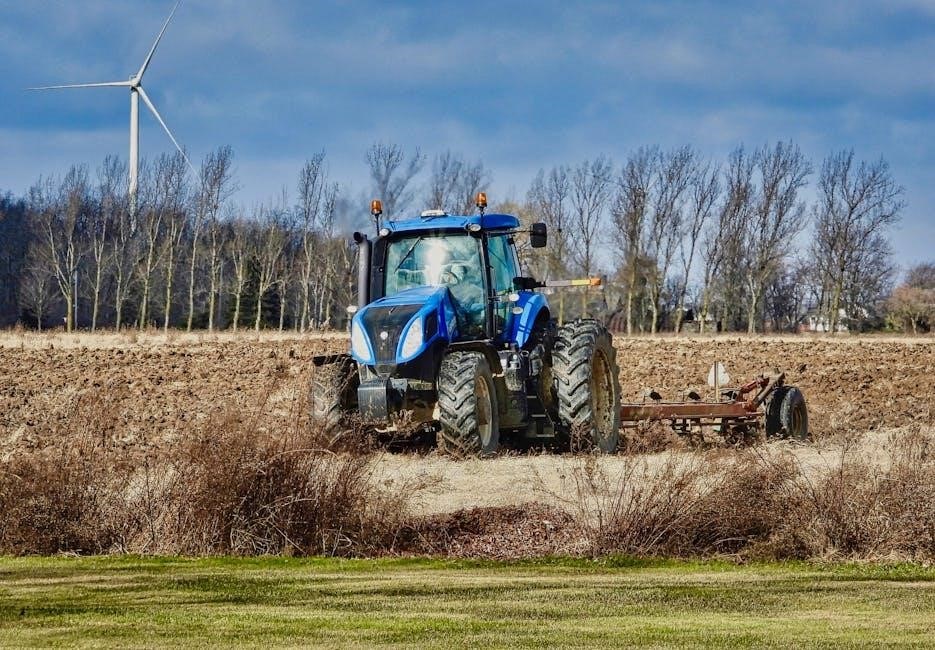
6.3 Fall Identification (Foliage and Fruits)
Fall offers unique cues for tree identification, as foliage turns vibrant colors and fruits ripen. Leaves’ shapes, colors, and venation patterns, along with fruits like acorns, samaras, or cones, aid identification. Sugar Maple’s bright orange-red foliage contrasts with Red Maple’s scarlet leaves. Yellow Birch and American Beech retain golden hues. Observing fruit types, such as the double-winged samaras of maples or the spiky balls of Sweet Gum, enhances accuracy in distinguishing species during Ontario’s autumn season.
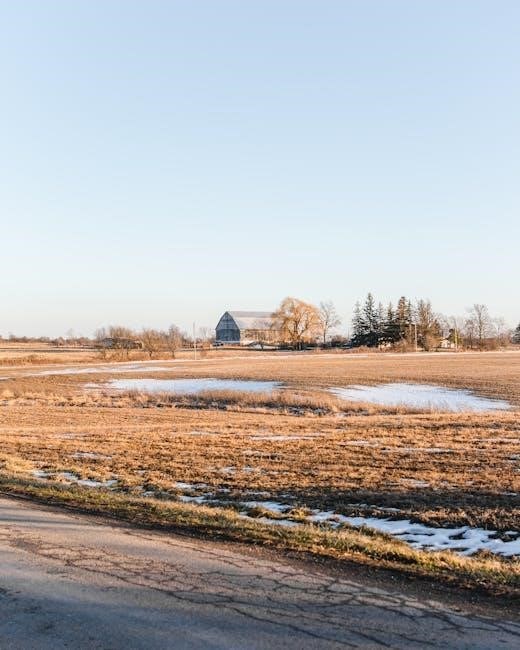
Tree Biology and Ecology
Understanding tree biology and ecology is crucial for appreciating their role in Ontario’s ecosystems. Photosynthesis, growth patterns, and reproduction are essential biological processes, while ecological interactions shape forest diversity and resilience.
7.1 Growth Patterns and Lifespans
Ontario’s trees exhibit diverse growth patterns, with deciduous species like Sugar Maple showing seasonal growth bursts, while conifers grow continuously but slower. Lifespans vary greatly, from shorter-lived Paper Birch (50-100 years) to ancient Eastern White Cedars (over 1,000 years). Environmental factors like climate, soil, and geography significantly influence growth rates and longevity. Northern trees often grow slower and live shorter lives due to harsher conditions, while southern species thrive in milder climates. Human activities, such as selective logging and urbanization, also impact tree lifespans across the province.
7.2 Role in Ecosystems
Trees are integral to Ontario’s ecosystems, providing habitat and food for diverse wildlife. They stabilize soil, filter pollutants from water, and regulate carbon dioxide levels. Species like Sugar Maple support local biodiversity, while conifers create shaded environments for unique plant communities. Trees also play a crucial role in Ontario’s water cycle and protect against erosion. Their ecological significance extends to urban areas, where they mitigate the heat island effect and improve air quality, making them indispensable to both natural and human-influenced landscapes.
7.3 Adaptations to Climate
Ontario’s tree species exhibit remarkable adaptations to the province’s diverse climate. Deciduous trees like Sugar Maple and Red Maple shed leaves seasonally to conserve water and energy during harsh winters. Conifers, such as Black Spruce and Balsam Fir, retain needle-like foliage that reduces water loss, while deep root systems enable survival in nutrient-poor soils. These adaptations ensure trees thrive in Ontario’s cold, snowy winters and warm, humid summers, maintaining biodiversity across varied climate zones.
Conservation and Management
Conservation and management efforts are crucial to protect Ontario’s tree species, ensuring biodiversity and ecological balance through sustainable practices and habitat preservation.
8.1 Threats to Ontario’s Tree Species
Ontario’s tree species face numerous threats, including climate change, invasive insects, and diseases. Climate change alters ecosystems, while insect infestations like the emerald ash borer devastate specific species. Disease outbreaks and habitat loss due to urbanization further endanger tree populations. Pollution and human activities, such as over-harvesting, also impact tree health. These challenges necessitate urgent conservation efforts to protect Ontario’s arboreal biodiversity and ensure ecological balance for future generations.
8.2 Invasive Species Impact
Invasive species pose a significant threat to Ontario’s tree populations, altering ecosystems and displacing native species. Emerald ash borer has devastated ash trees, while Asian longhorned beetle targets hardwoods like maple and oak. Dutch elm disease has significantly reduced elm populations. These invasions disrupt forest regeneration, reduce biodiversity, and impact wildlife habitats. Economic losses also arise from degraded timber and ecosystem services. Preventing the spread of invasive species is critical to preserving Ontario’s forest health and ecological balance.
8.3 Conservation Programs and Initiatives
Ontario has implemented various conservation programs to protect its tree species and forests. The 50 Million Tree Program aims to plant 50 million trees by 2025 to restore ecosystems. The Ontario Tree Seed Plant ensures native tree species are sustainably sourced. Partnerships with organizations like Forest Ontario promote reforestation and education. Additionally, efforts focus on habitat restoration and combating invasive species through the Invasive Species Centre. These initiatives foster community involvement and ensure the long-term health of Ontario’s forests.
Resources for Further Learning
Discover comprehensive field guides like Ontario’s Trees by MNRF, and explore online databases such as the Ontario Tree Atlas. Attend workshops or join community tree-planting initiatives for hands-on learning.
9.1 Field Guides and Scientific Publications
Essential resources include A Field Guide to the Trees of Ontario, offering detailed descriptions and visuals for accurate identification. Publications like Trees of Ontario by the Ontario Ministry of Natural Resources provide comprehensive overviews. Scientific journals and textbooks, such as Ontario’s Old-Growth Forests, delve into ecological and botanical insights. These guides feature high-quality images, dichotomous keys, and habitat information, catering to both amateur naturalists and researchers. They are indispensable for understanding Ontario’s diverse tree species and their roles in local ecosystems.
9.2 Online Databases and Tools
Online resources like iNaturalist and Ontario Tree Atlas provide interactive platforms for identifying tree species. The Ministry of Natural Resources and Forestry offers digital tools for tree recognition. Leafsnap, developed by Columbia University, uses visual recognition software to identify species. These databases include high-resolution images, distribution maps, and searchable databases, making them invaluable for researchers and enthusiasts. They complement field guides by offering dynamic, easily accessible information for identifying Ontario’s tree species.
9.3 Workshops and Community Involvement
Workshops and community programs provide hands-on learning opportunities for tree identification. Local organizations, such as Ontario Parks and conservation authorities, host guided tree walks and seminars. Citizen science projects, like tree planting events, engage the public in forest stewardship. These initiatives foster knowledge sharing and practical skills, connecting enthusiasts with experts. Community involvement strengthens appreciation for Ontario’s tree diversity and promotes environmental conservation through collaborative efforts and education.
This field guide to Ontario’s trees highlights the province’s rich forest diversity. From deciduous giants like the Sugar Maple to coniferous staples like the Eastern White Pine, each species plays a vital ecological role. Understanding tree identification, habitats, and conservation is essential for appreciating and protecting Ontario’s natural heritage. By fostering knowledge and stewardship, we ensure these trees continue to thrive for future generations to enjoy and study.
